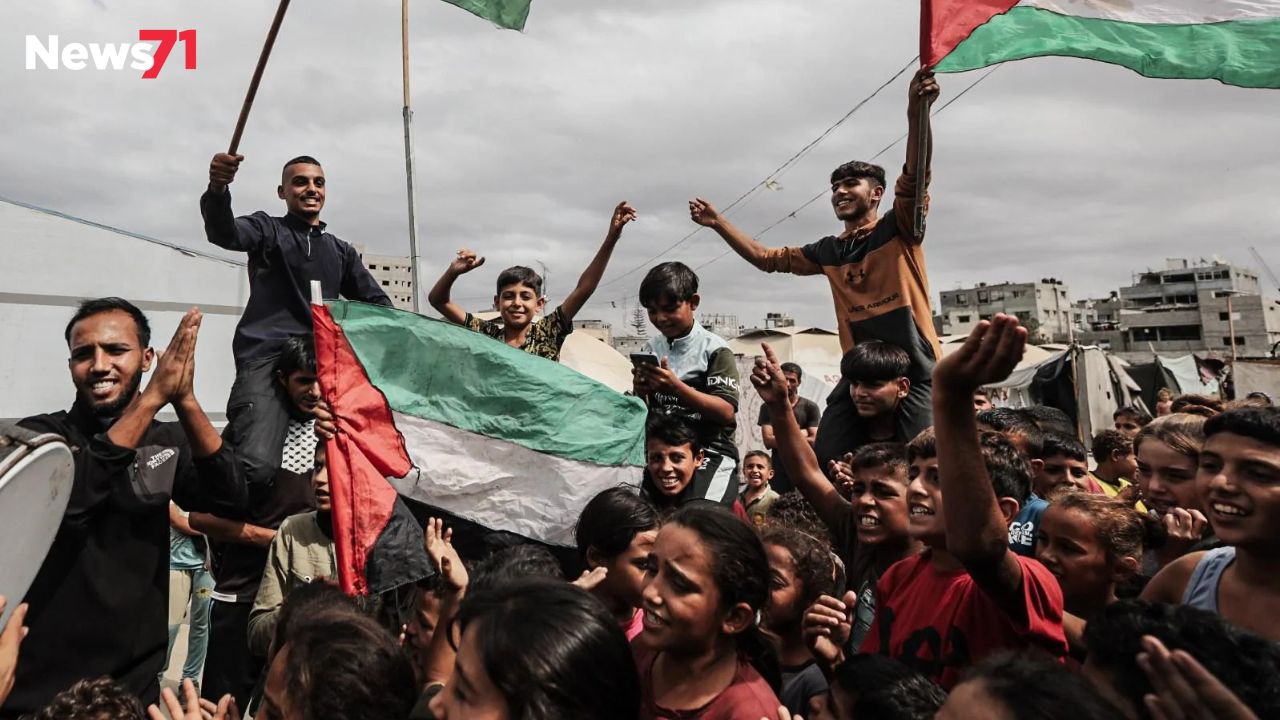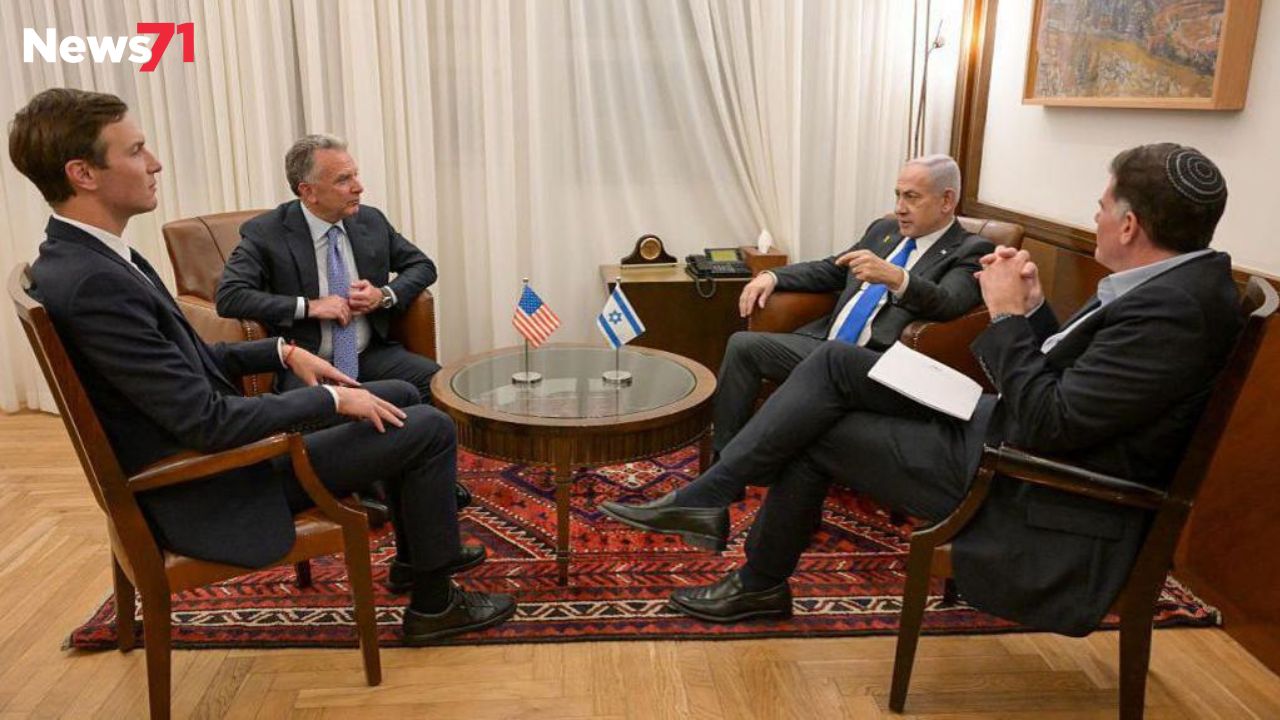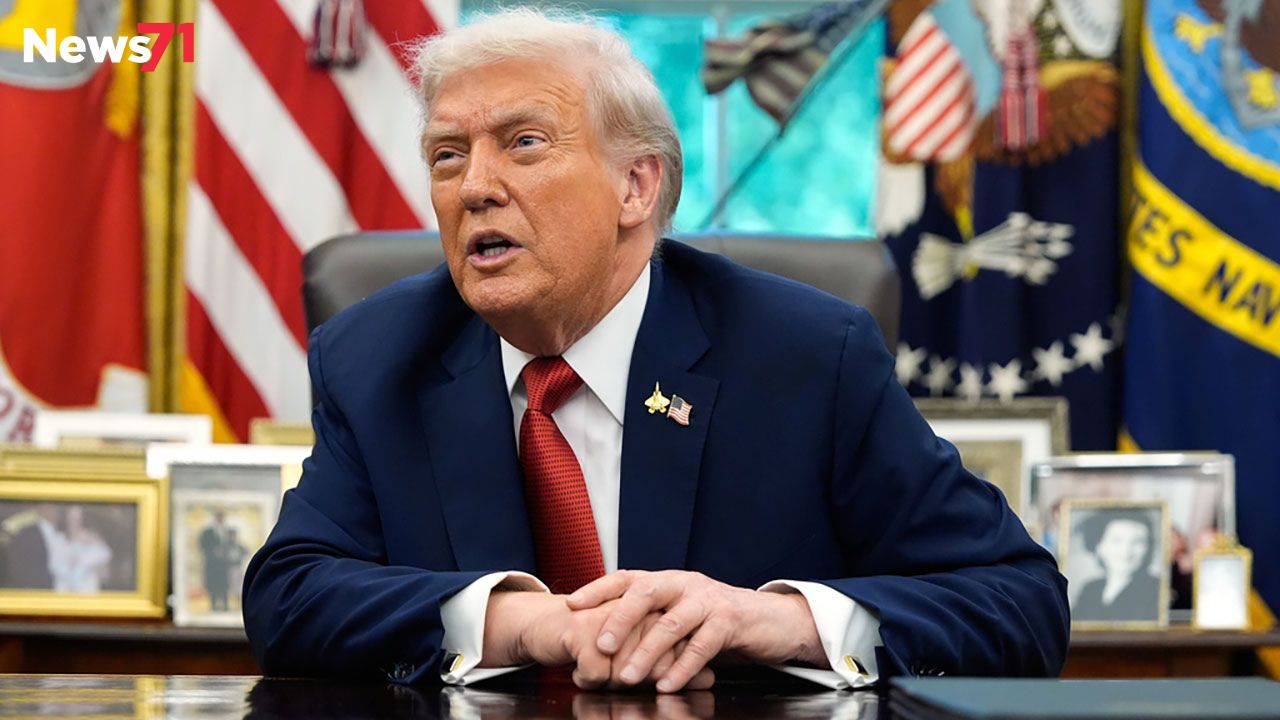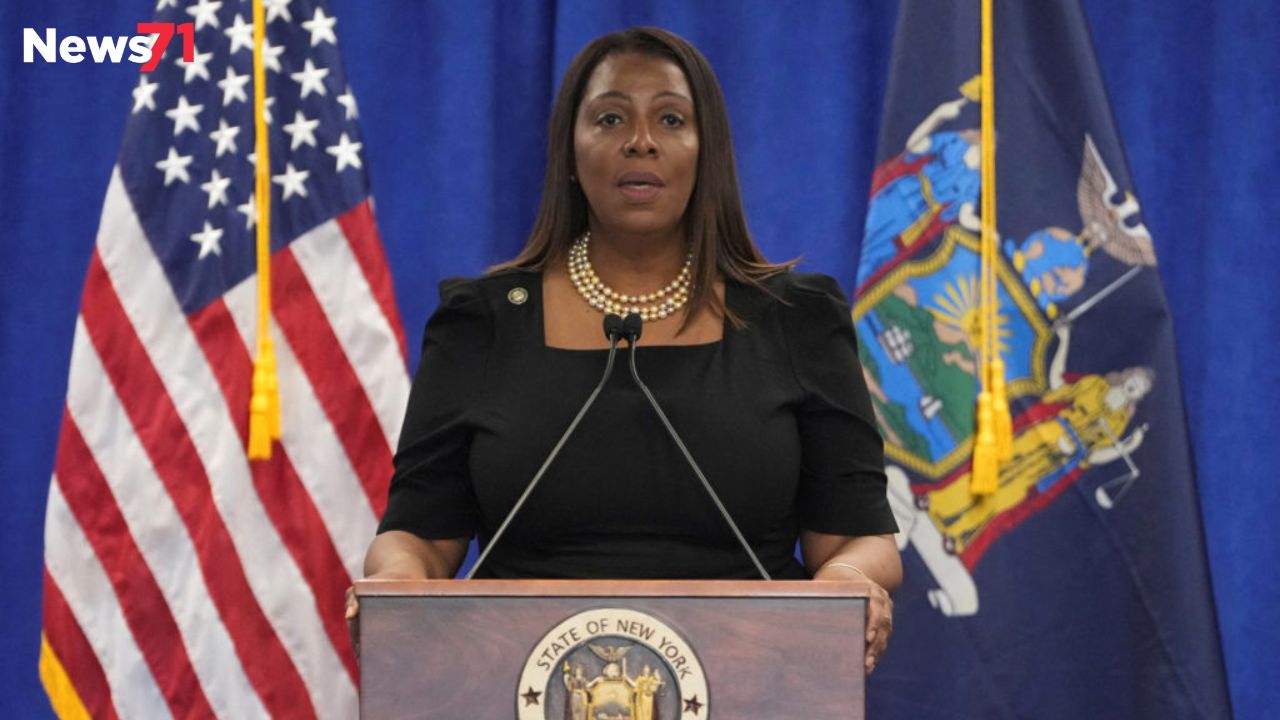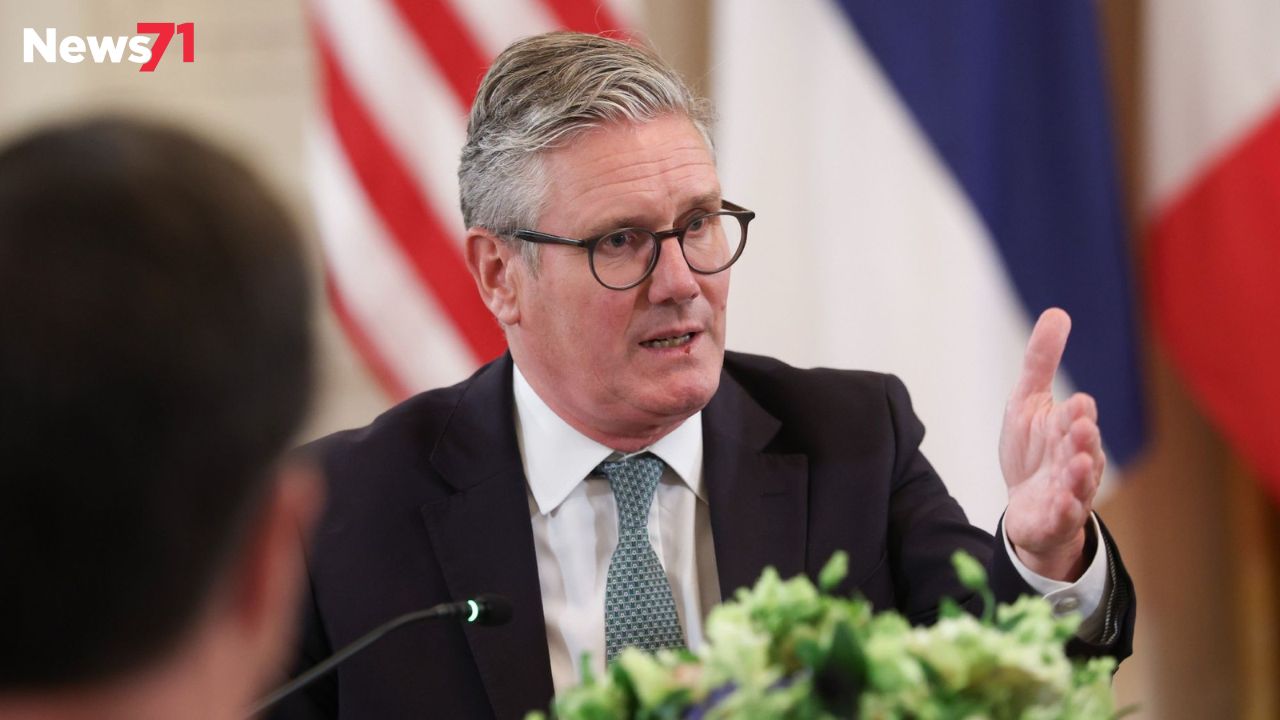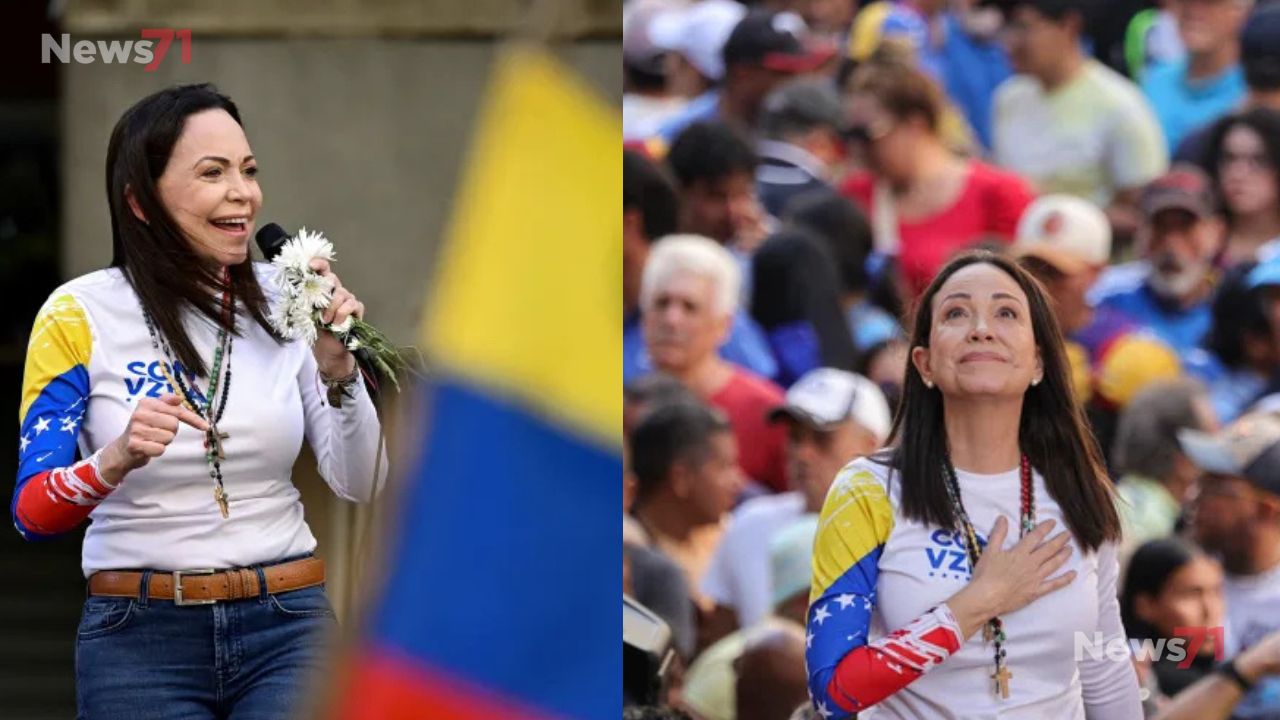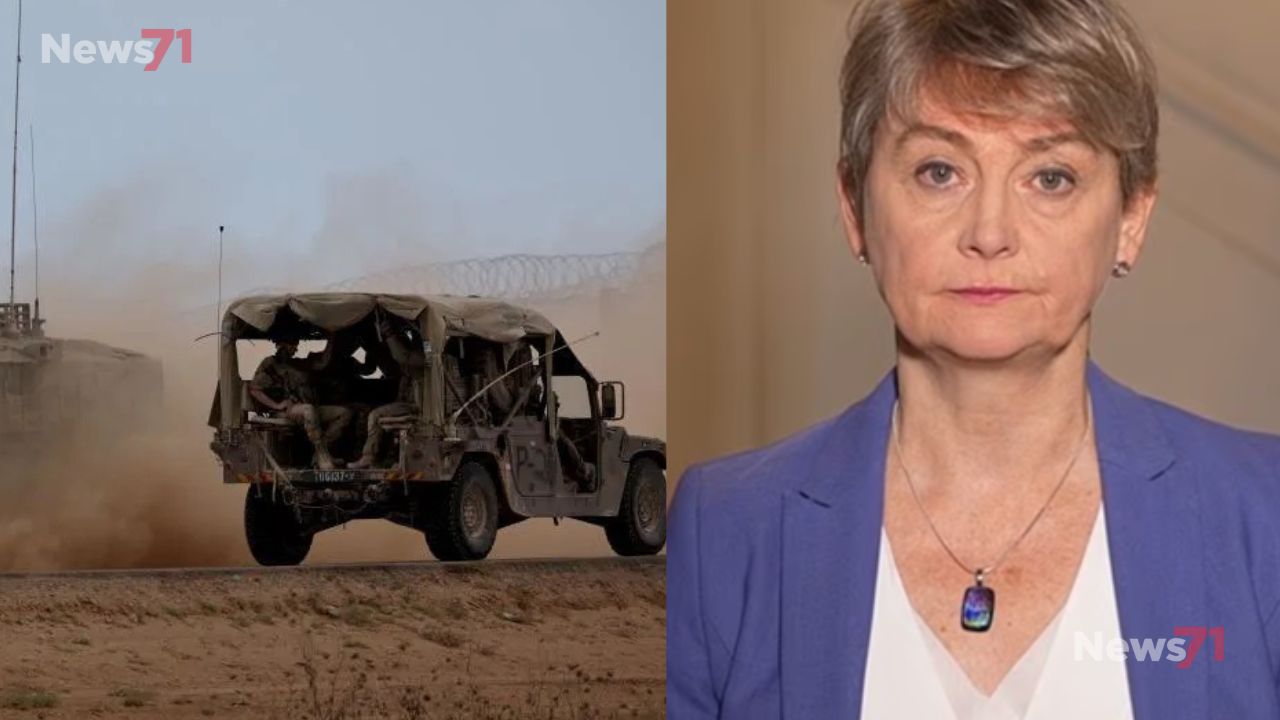Israelis and Palestinians celebrated Thursday night as Hamas and Israel Move to Implement Ceasefire Agreement aimed at ending a brutal two-year conflict that has caused tens of thousands of deaths, regional instability, and global protests.
In Gaza, people showed joy mixed with anxiety, fearing the agreement might collapse and bring further suffering. While some gathered to celebrate, others were quiet amid heavy military aerial activity.
In Israel, amid fast and chaotic developments, hospitals prepared to receive hostages to be released by Hamas, the government approved the ceasefire, and thousands celebrated in Tel Aviv with relief and happiness. The government confirmed approval of a framework to release all hostages, living and deceased.
Donald Trump’s peace proposal last week led to indirect talks between Hamas and Israel in Egypt’s Sharm-el Sheikh. Trump said he planned to attend the deal signing in Egypt; Israeli officials expected his visit Sunday. He announced the release of 48 hostages, less than half of whom are believed alive, occurring Monday or Tuesday, and declared the war in Gaza ended.
Hamas and Israel Move to Implement Ceasefire Agreement
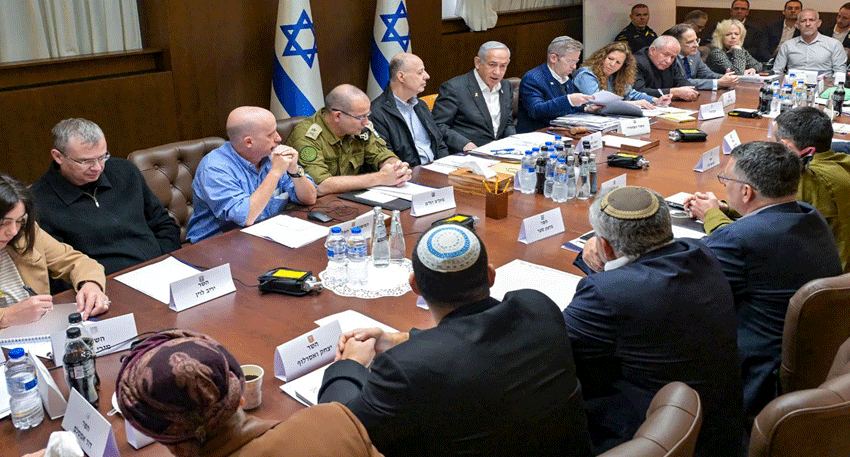
Hamas and Israel Move to Implement Ceasefire Agreement, The US will send about 200 troops to Israel to help support and monitor the ceasefire. World leaders welcomed the agreement, though much of Trump’s broader peace plan remains unnegotiated.
There was some uncertainty over the ceasefire’s immediate timing: Israel’s government said it would take effect once ratified; a spokesperson said it would start within 24 hours of the cabinet meeting, with living hostages freed within 72 hours. Israeli forces would withdraw to control 53% of Gaza.
In exchange, Israel will release about 2,000 Palestinian prisoners, but not Marwan Barghouti, a key Fatah figure. Hamas said prisoner release details were still under discussion. Hamas urged guarantor states to ensure Israel complies fully with the ceasefire.
The exiled Gaza leader Khalil Al-Hayya said the group received guarantees from the US, Arab mediators, and Turkey that the war has permanently ended. UN agencies are ready to rush aid into Gaza, declared a famine zone in August. UN Secretary-General António Guterres stressed that peace requires more than stopping the fighting it needs safe humanitarian access, infrastructure rebuilding, and funding.
In Tel Aviv, thousands gathered to celebrate freedom for hostages and expressed cautious hope. In Gaza, residents expressed mixed feelings of joy and caution, recalling past broken ceasefires and desperate conditions with many displaced and living in makeshift shelters.
The ceasefire deal represents a major potential foreign policy win for Trump, who promised to end conflicts in Gaza and Ukraine. US, Qatari, and Turkish envoys joined talks in Sharm-el-Sheikh, with Trump’s son-in-law Jared Kushner and envoy Steve Witkoff arriving in Israel to advance negotiations.
While first-phase terms have been agreed, key disputed issues remain unaddressed, including Hamas’s disarmament and Gaza’s governance. Hamas rejected Trump’s proposal for a US-led interim administrative board.
Hamas and Israel Move to Implement Ceasefire Agreement, the agreement marks a closer step toward ending a war that has expanded regionally, involving countries like Iran, Yemen, and Lebanon.
Israel recently scaled back its military campaign, though Gaza remains devastated. Medical reports noted eight deaths in Israeli strikes midweek. Even with aid increases planned, hundreds of thousands in Gaza still face severe shortages of food and shelter.
Since the conflict began in October 2023, about 1,200 people, mostly civilians, were killed in Hamas attacks and 251 taken hostage. Israel’s response has killed more than 67,000, mostly civilians, and left much of Gaza in ruins.
